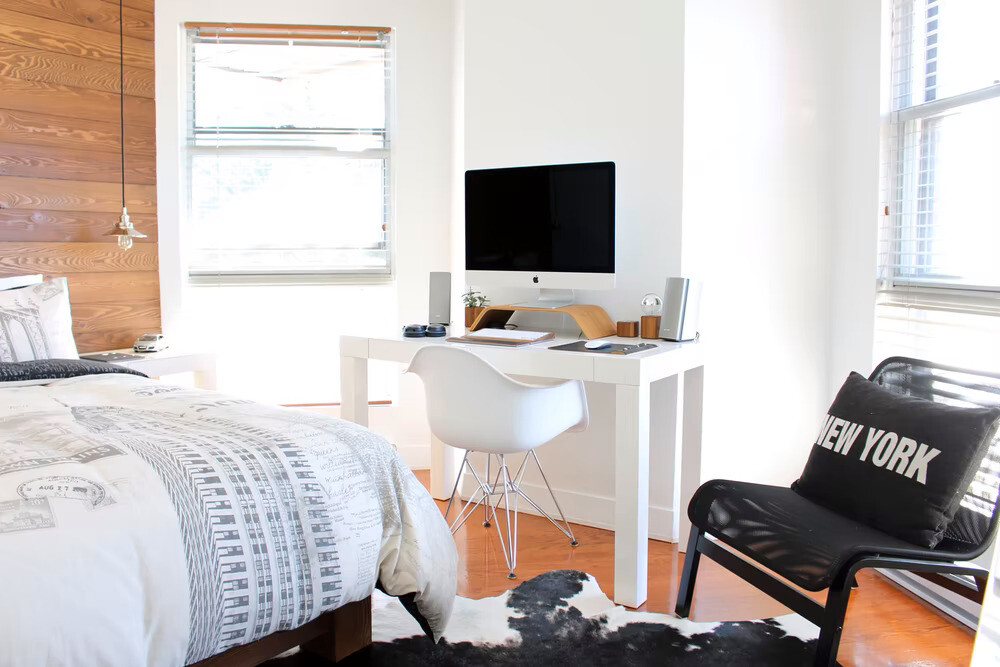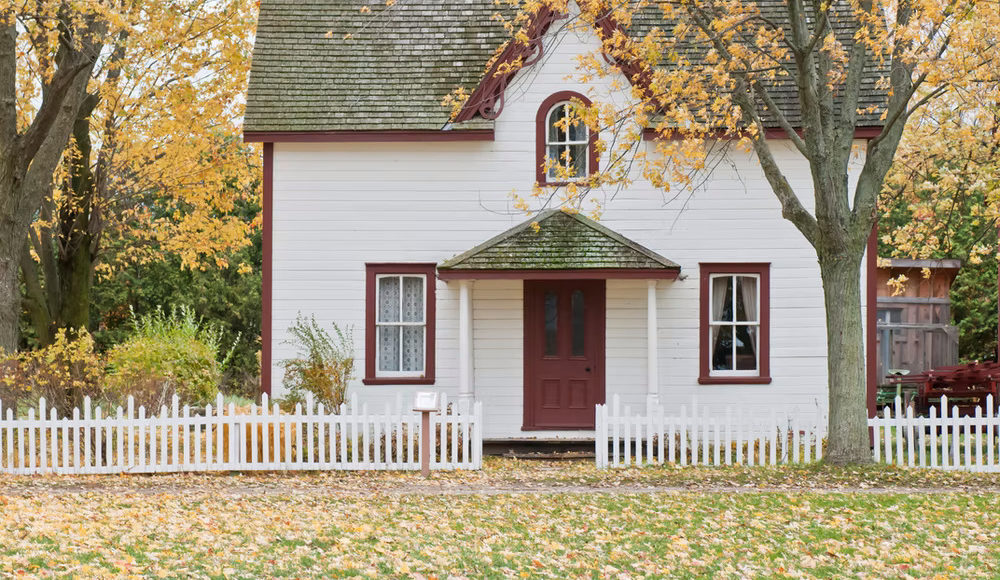There are several reasons to consider downsizing to a smaller house. Perhaps you’ve recently become an empty-nester because your children have grown up and left home. Then again, maybe you’re simply fed up with mowing the lawn and paying high electricity costs. There are several advantages to downsizing, regardless of the reason behind the move. Many of the resources you used to spend on a huge house can now be put to better use. Yet, before taking that step there are many factors to consider. Here are a few things to keep in mind.
1. The Grand Scheme
It’s not only about finding a smaller place to live; it’s about discovering a different house that fits your current lifestyle as well as your future ambitions. If you’re looking for a place to call home for the rest of your life, you may also want to explore a cottage or a location with simple access and a low-effort garden. Consider how you’ll feel in five or ten years and what you’ll be able to handle in terms of reliability, upkeep, and transportation.
Also, if you’re looking to downsize but don’t want to give up your independence, you may want to consider a retirement village or an apartment in a well-maintained complex.
On the other hand, a two-bedroom terraced house may be all that’s required. Whatever you choose, ensure you select a new home that fits your lifestyle. Once you’ve made that decision, coordinating logistics with moving companies can be a helpful next step—especially if you want to simplify the transition and focus on settling into your new space.
2. Requirement for Privacy
How much room do you require for yourself? Do you like to live in a populated area or live in a more secluded location? While one individual may need their bedroom, restroom, and living room, someone may not. While some individuals can live comfortably in an apartment complex with other individuals, others prefer to live in rural areas or alone. Before deciding to downsize, we recommend you check how to downsize your home in ten steps, as specialists can help you consider and accurately determine your space requirements. For example, if you are relocating with a significant other or with children, you may require more private space than you would if you were relocating alone.
3. Reducing the Size of Your Home’s Furnishings
With a smaller space, you may mix and match your favorite pieces with the latest design trends or introduce an entirely new look. However, a smaller house comes with its own set of issues. For example, if your oak cabinet is too large, it may cause your new area to appear congested. Because of this, it’s best to stick to the essentials when determining what to bring from your former home. The same rules apply to new purchases as less is more. If you want to give your home design a more refined look, try something more delicate.
4. Begin Decluttering Early
You’ll need to undertake a thorough purge when it comes to downsizing. If you get started early, the task will seem less daunting. Try to get rid of your unwanted possessions by selling them, donating to charity, or giving them away on platforms like Freecycle. For a modest cost, your local government may be able to collect essential items of furniture or appliances.

Downsizing can be emotionally and physically draining, but it can also provide several advantages, including saving money on utility costs, making the house more manageable, and allowing you to enjoy the process of remodeling it. In addition, by selling a large home and buying a much smaller one, you may be able to save money for a rainy day.



Comments are closed.